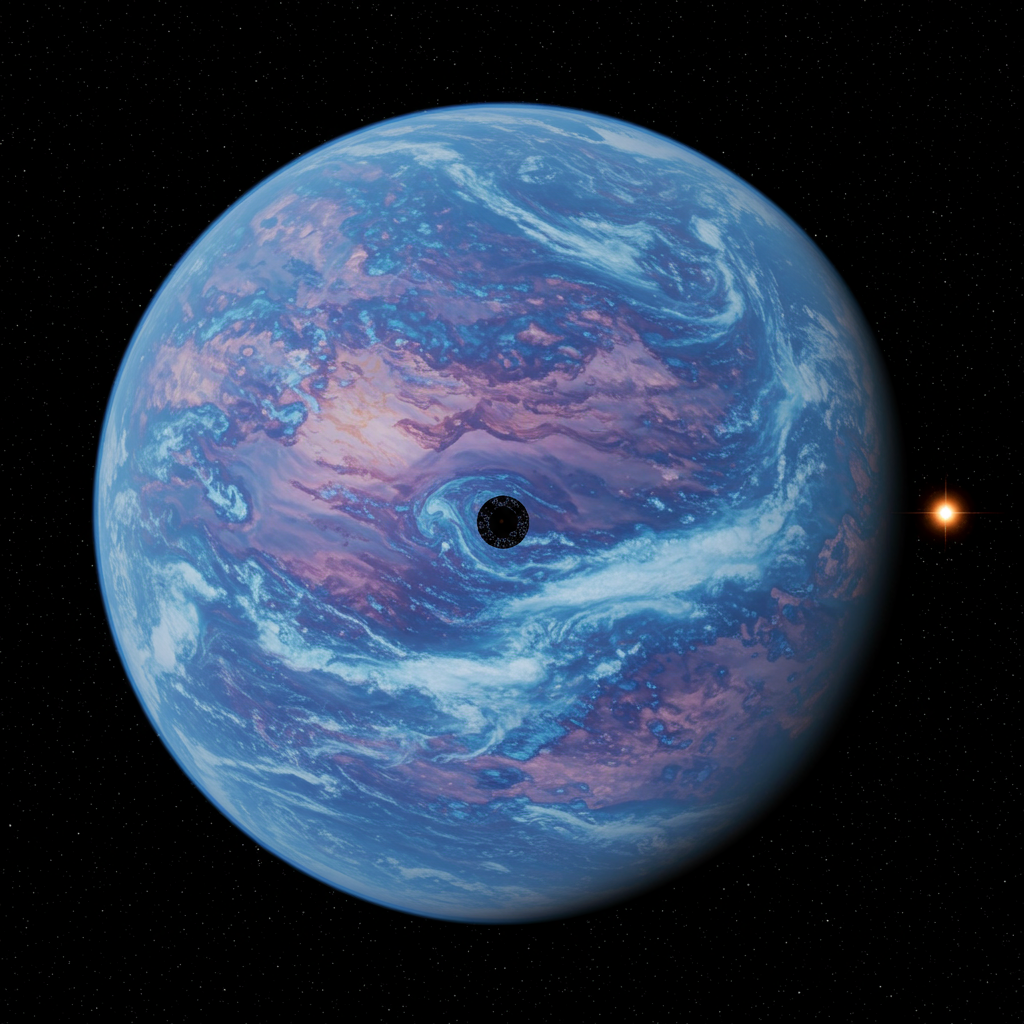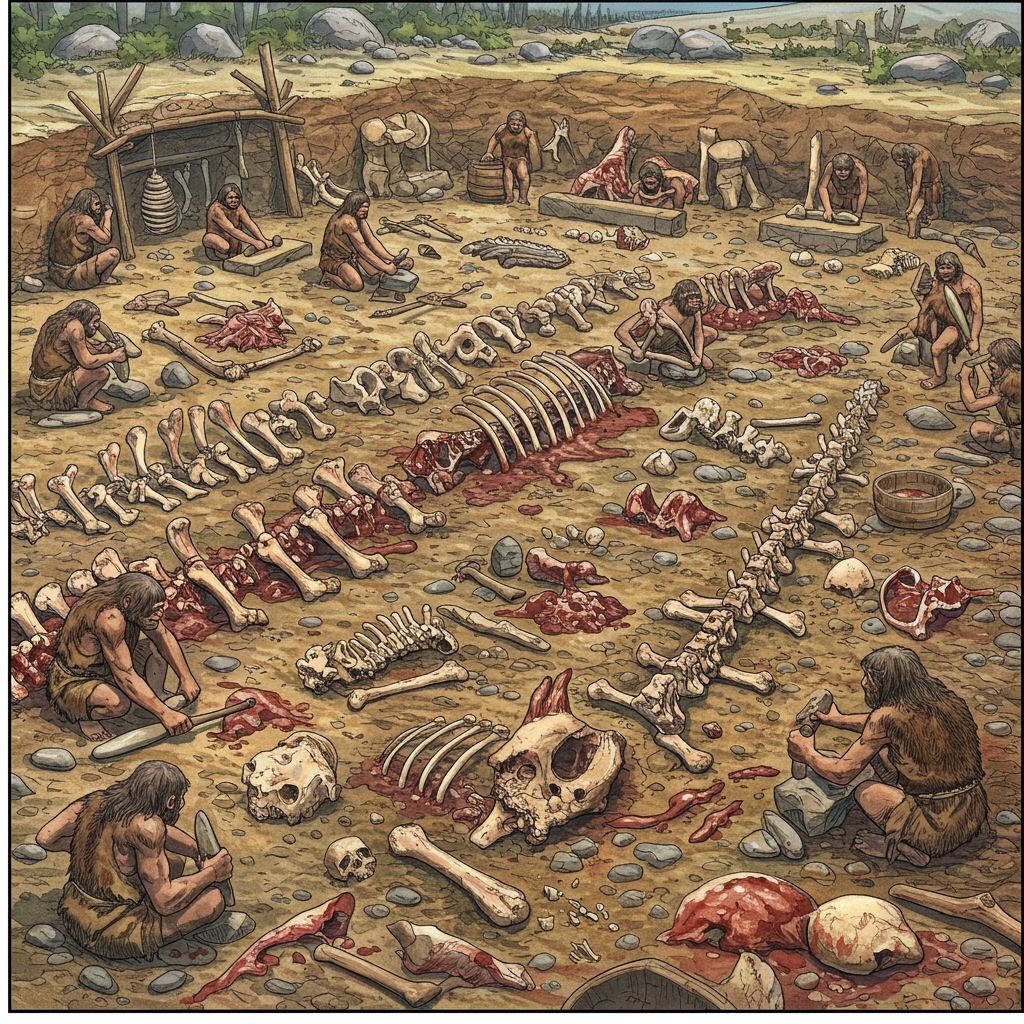NASA’s James Webb Space Telescope has captured an image of a unique exoplanet located 60 light-years away, revealing a world of surprising cold within a planetary system described as chaotic and strange by researchers. Using Webb’s sensitive Near-Infrared Camera (NIRCam), scientists successfully imaged the exoplanet 14 Herculis c, shedding light on a system unlike our own.
The discovery of 14 Herculis c marks a significant moment, as it is one of the coldest exoplanets ever directly imaged. While thousands of exoplanets have been found, only a small fraction have been directly seen, and most of those are incredibly hot – often hundreds or even thousands of degrees Fahrenheit. Weighing in at about seven times the mass of Jupiter, 14 Herculis c defies this trend with a temperature estimated to be as low as 26 degrees Fahrenheit (minus 3 degrees Celsius).
This frigid temperature makes direct imaging particularly challenging, highlighting Webb’s groundbreaking capabilities. “The colder an exoplanet, the harder it is to image,” said William Balmer, co-first author of the new paper and a graduate student at Johns Hopkins University. “This is a totally new regime of study that Webb has unlocked with its extreme sensitivity in the infrared. We are now able to add to the catalog of not just hot, young exoplanets imaged, but older exoplanets that are far colder than we’ve directly seen before Webb.”
A Planetary System Like No Other
Beyond its unusual temperature for a directly imaged world, the 14 Herculis system itself is remarkably peculiar. It orbits a star, 14 Herculis, that is similar in age and temperature to our Sun, though slightly less massive and cooler. The system contains at least two known giant planets: 14 Herculis b (closer to the star and obscured in the Webb image) and the newly imaged 14 Herculis c.
What makes this system truly bizarre is the orbital configuration of these planets. Unlike the relatively flat, aligned orbits of planets in our solar system, 14 Herculis b and c orbit on planes tilted significantly relative to one another, by about 40 degrees. Their paths cross over the star in a pattern somewhat resembling an ‘X’. This is the first time an image has ever been captured of an exoplanet residing in such a dramatically misaligned system.
What Created This Cosmic “Crime Scene”?
Scientists are actively exploring theories to explain how the planets in the 14 Herculis system ended up in such a “chaotic” arrangement. The leading hypothesis suggests that the system’s early history involved a violent scattering event. This could have occurred if a third planet was originally present and was forcefully ejected from the system, dynamically pushing the remaining planets into their current, misaligned paths.
This scenario stands in stark contrast to the relatively stable and ordered evolution of our own solar system, where the migration and gravitational influence of the gas giants primarily reshaped asteroid belts and scattered icy bodies. As Balmer notes, “Here, we are seeing the aftermath of a more violent planetary crime scene. It reminds us that something similar could have happened to our own solar system, and that the outcomes for small planets like Earth are often dictated by much larger forces.”
Webb’s Insights into a Strange World
Webb’s detailed observations provided more than just a picture; they offered new insights into 14 Herculis c’s characteristics and environment. The data indicates the planet orbits its star at an average distance of approximately 1.4 billion miles in a highly elliptical, or football-shaped, orbit – closer than previous estimates. On average, this puts it at a distance roughly between Saturn and Uranus in our own solar system.
Analysis of the planet’s brightness at a specific infrared wavelength (4.4 microns), measured using Webb’s coronagraph (a tool that blocks the bright starlight), revealed something unexpected. The planet appeared fainter than predicted for an object of its mass and age based on standard cooling models. This discrepancy points to complex atmospheric dynamics.
Researchers explain this using the concept of “carbon disequilibrium chemistry,” a phenomenon also observed in cold brown dwarfs. According to Daniella C. Bardalez Gagliuffi of Amherst College, co-first author on the paper, this means the atmosphere is rapidly churning. “Molecules made at warmer temperatures in the lower atmosphere are brought to the cold, upper atmosphere very quickly,” she explained. This churning results in an atmospheric composition where molecules like carbon dioxide and carbon monoxide are present at temperatures where methane would typically be expected.
Looking Ahead
The image of 14 Herculis c, despite appearing as a small dot of light next to its obscured star, is packed with valuable information, demonstrating Webb’s power in directly imaging cold exoplanets. This discovery, presented at the 246th meeting of the American Astronomical Society and accepted for publication in The Astrophysical Journal Letters, opens a new window into the diversity of planetary systems. Scientists hope that future spectroscopic studies using Webb will delve deeper into 14 Herculis c’s atmosphere, providing further clues about its composition and helping unravel the dramatic formation history of this truly strange system.
As the premier space science observatory, Webb continues to push the boundaries of our understanding, revealing that the universe is home to planetary configurations far more varied and dynamic than we previously imagined.




